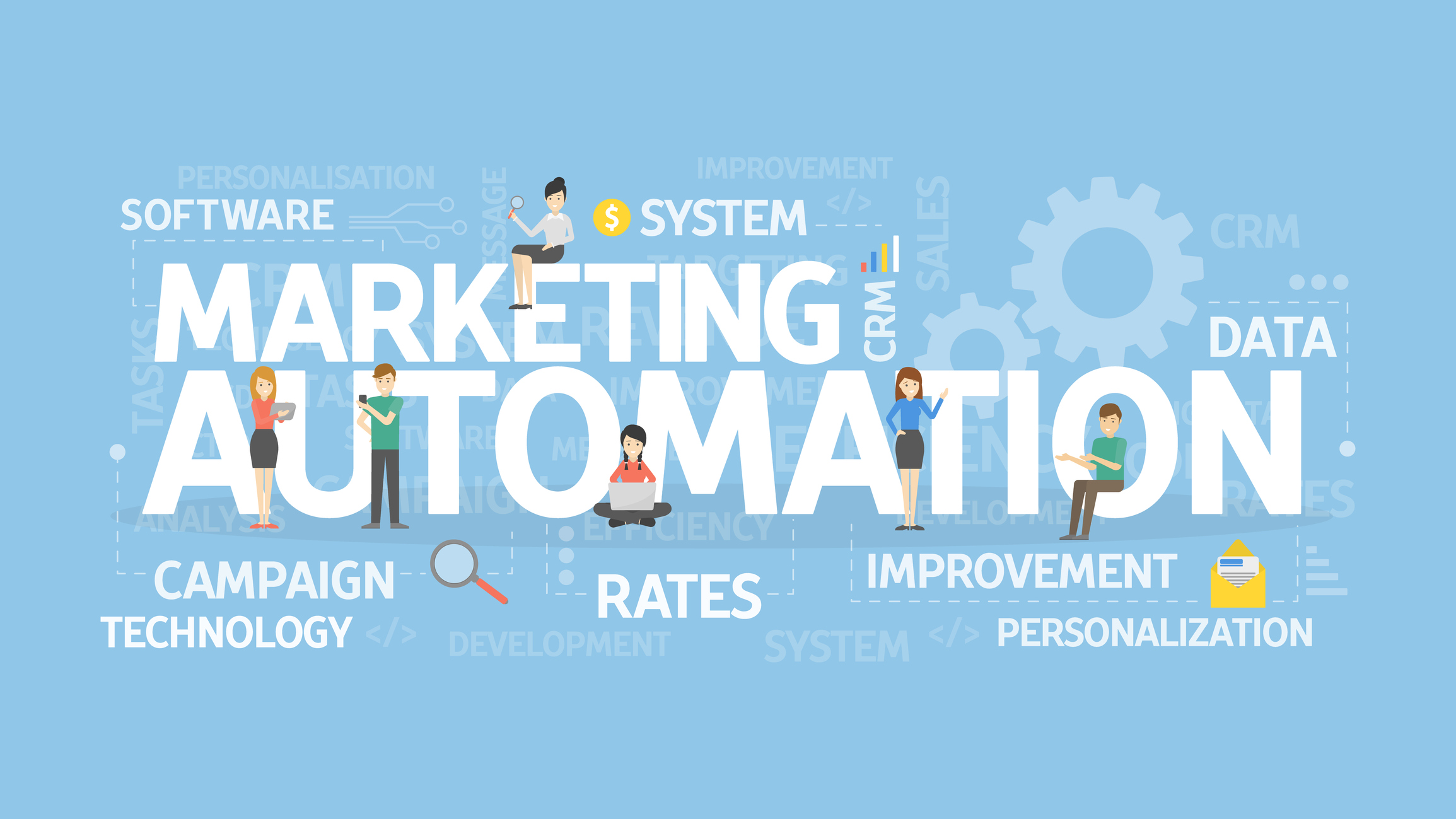Measuring Digital Marketing ROI: Tools and Techniques
In today’s competitive digital landscape, businesses are investing significant resources in digital marketing strategies. However, without the proper tools to...

In today’s competitive digital landscape, businesses are investing significant resources in digital marketing strategies. However, without the proper tools to measure the success of these efforts, it’s difficult to know whether you’re getting the return on investment (ROI) you expect.
Understanding how to measure digital marketing ROI is essential for ensuring that your marketing strategies are working effectively and delivering results. In this article, we’ll explore the best tools and techniques for measuring digital marketing ROI and how you can apply them to enhance your marketing efforts.
1. What is Digital Marketing ROI?
Before diving into tools and techniques, it’s important to define what digital marketing ROI is. ROI in digital marketing refers to the return you receive from your marketing activities compared to the cost of those activities. Essentially, it helps you determine whether the money you’re spending on digital marketing is translating into tangible results such as sales, leads, or increased brand awareness.
To calculate ROI, you can use this basic formula: ROI=Revenue from Marketing−Marketing SpendMarketing Spend×100\text{ROI} = \frac{\text{Revenue from Marketing} – \text{Marketing Spend}}{\text{Marketing Spend}} \times 100ROI=Marketing SpendRevenue from Marketing−Marketing Spend×100
A positive ROI means your digital marketing campaigns are delivering value, while a negative ROI suggests that you may need to reassess your strategy.
2. Key Metrics to Track for Measuring ROI
To effectively measure ROI, you’ll need to track a variety of metrics. Here are some of the most important metrics to monitor:
– Conversion Rate:
This is the percentage of visitors to your website who complete a desired action (such as making a purchase or signing up for a newsletter). By tracking conversion rates, you can evaluate how well your campaigns are driving actions that generate revenue or leads.
– Customer Acquisition Cost (CAC):
This metric helps you understand how much it costs to acquire a customer through your marketing efforts. It’s calculated by dividing your total marketing spend by the number of customers acquired. CAC=Total Marketing SpendNumber of New Customers\text{CAC} = \frac{\text{Total Marketing Spend}}{\text{Number of New Customers}}CAC=Number of New CustomersTotal Marketing Spend
– Lifetime Value (LTV):
LTV measures the total revenue a customer is expected to generate for your business during their relationship with your brand. By comparing LTV with CAC, you can gauge the long-term profitability of your marketing efforts.
3. Tools for Measuring Digital Marketing ROI
To accurately measure ROI, you need to leverage the right tools. Here are some of the most popular tools used by marketers to track ROI:
– Google Analytics:
Google Analytics is one of the most widely used tools for tracking website traffic and user behavior. It allows you to track a range of key performance indicators (KPIs) such as traffic sources, bounce rates, and conversions. By setting up goals and eCommerce tracking, you can directly measure how your marketing efforts are translating into revenue.
– Social Media Analytics:
Most social media platforms, including Facebook, Twitter, LinkedIn, and Instagram, provide built-in analytics tools that offer insights into engagement, reach, and conversions. These platforms allow you to track how well your posts and ads are performing and can help you measure the impact of your social media marketing efforts on your overall ROI.
– Marketing Automation Software:
Marketing automation platforms such as HubSpot, Marketo, and ActiveCampaign can provide valuable insights into how well your email campaigns, content marketing, and other automation efforts are driving conversions and revenue. These tools often integrate with your CRM system to provide a holistic view of customer behavior and ROI.
– CRM Software:
Customer Relationship Management (CRM) tools such as Salesforce or Zoho allow you to track customer interactions from the first point of contact to the final purchase. By tracking this journey, you can measure how effective your digital marketing campaigns are in generating quality leads and sales.
4. Techniques for Measuring ROI in Different Digital Marketing Channels
Each digital marketing channel offers unique metrics that contribute to ROI measurement. Here’s how to measure ROI across different channels:
– SEO (Search Engine Optimization):
SEO is a long-term investment, so measuring ROI requires tracking organic traffic, keyword rankings, and conversions over time. You can use tools like Google Search Console and Ahrefs to track keyword performance and backlink quality. Additionally, monitor how well your website is converting organic traffic into customers.
If you are based in or targeting the Philadelphia area, Philadelphia SEO experts can help you measure the ROI of your SEO efforts with targeted local campaigns that increase visibility and drive traffic to your site.
– Pay-Per-Click (PPC) Advertising:
For PPC campaigns, the ROI is often easier to calculate, as each click and conversion can be tracked. Platforms like Google Ads and Bing Ads provide detailed analytics on how your ads are performing, including metrics such as cost per click (CPC), conversion rates, and overall ad spend. With these insights, you can optimize your bids and ad copy to improve ROI.
– Email Marketing:
Email marketing tools like MailChimp and Constant Contact provide detailed insights into how your email campaigns are performing. Metrics like open rates, click-through rates (CTR), and conversion rates are essential for measuring ROI. A high CTR and conversion rate from email campaigns typically indicate a positive ROI.
5. Analyzing Your Data to Adjust Strategy
Measuring ROI isn’t just about tracking metrics—it’s also about using the data to refine and optimize your strategies. Once you’ve collected data on your marketing efforts, analyze the results to identify patterns, strengths, and areas for improvement. Regularly adjusting your strategy based on these insights will help you improve your ROI over time.
For example, if you find that your SEO campaigns are driving high traffic but not enough conversions, you may want to focus on improving your website’s user experience or creating more targeted landing pages. Similarly, if a paid ad campaign is generating clicks but not conversions, it may be time to tweak your ad copy or targeting parameters.
6. Conclusion
Measuring digital marketing ROI is essential for understanding the effectiveness of your campaigns and ensuring that you’re investing in the right channels. By using the right tools, tracking the right metrics, and regularly analyzing your results, you can optimize your digital marketing efforts for maximum ROI.
Whether you’re working with Philadelphia SEO specialists to enhance your search visibility or utilizing Google Analytics to monitor your website’s performance, understanding how to measure ROI is a key component of any successful digital marketing strategy.



